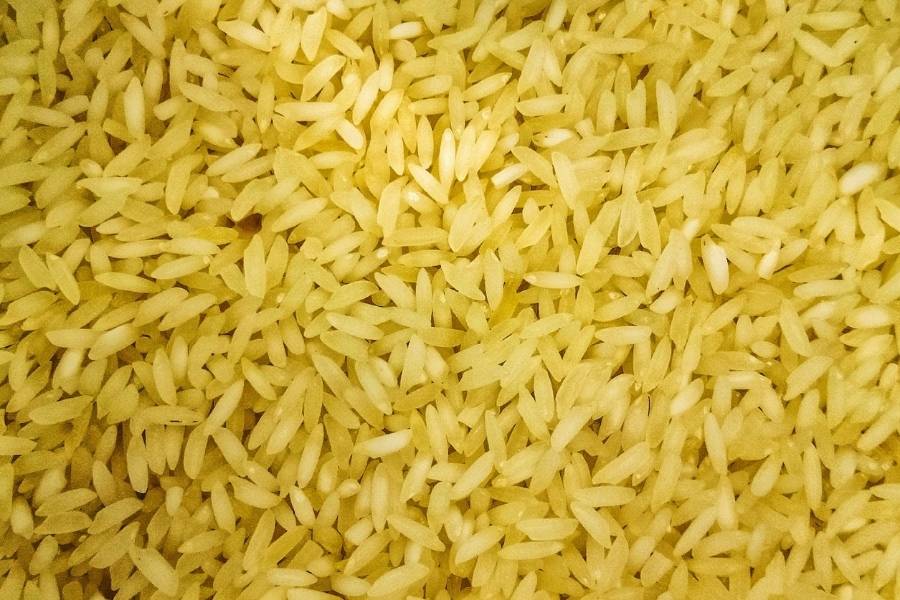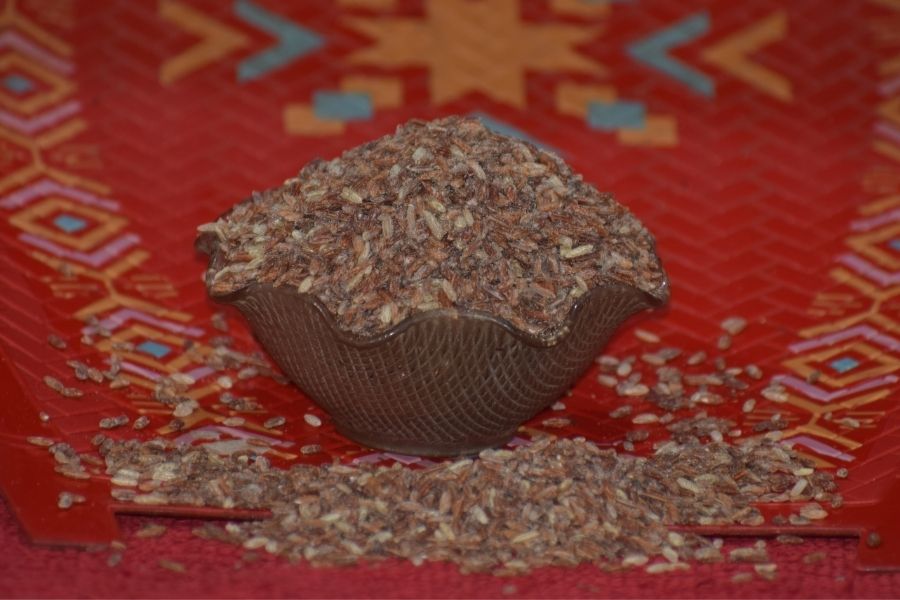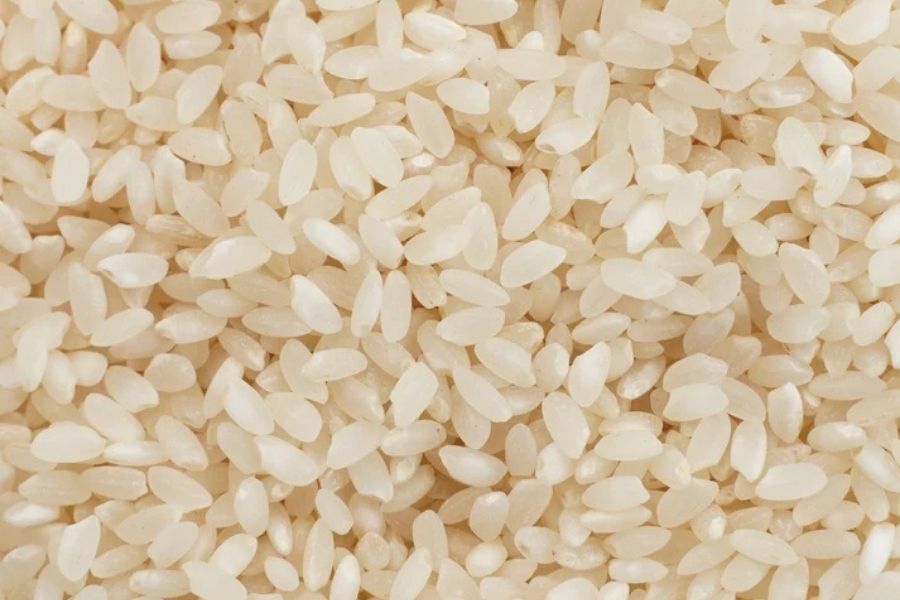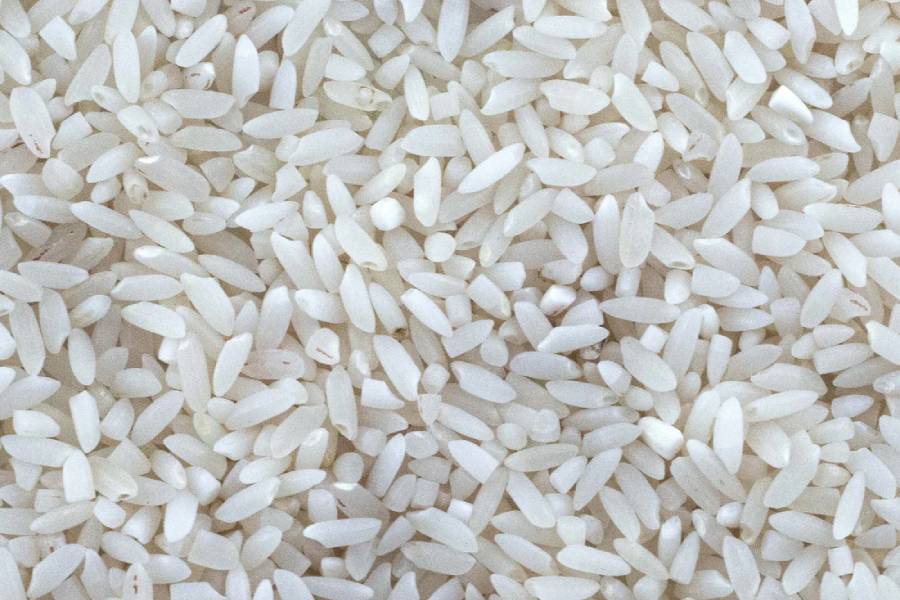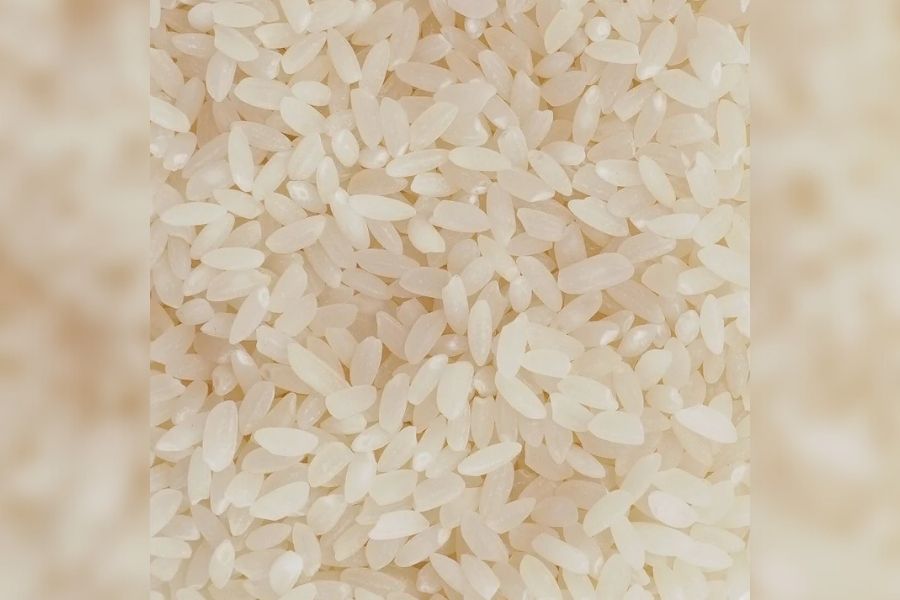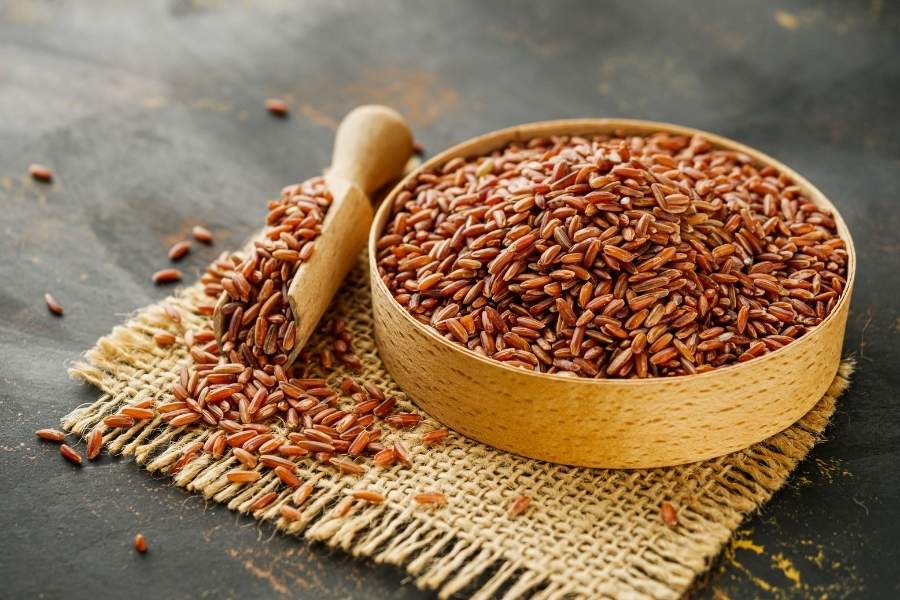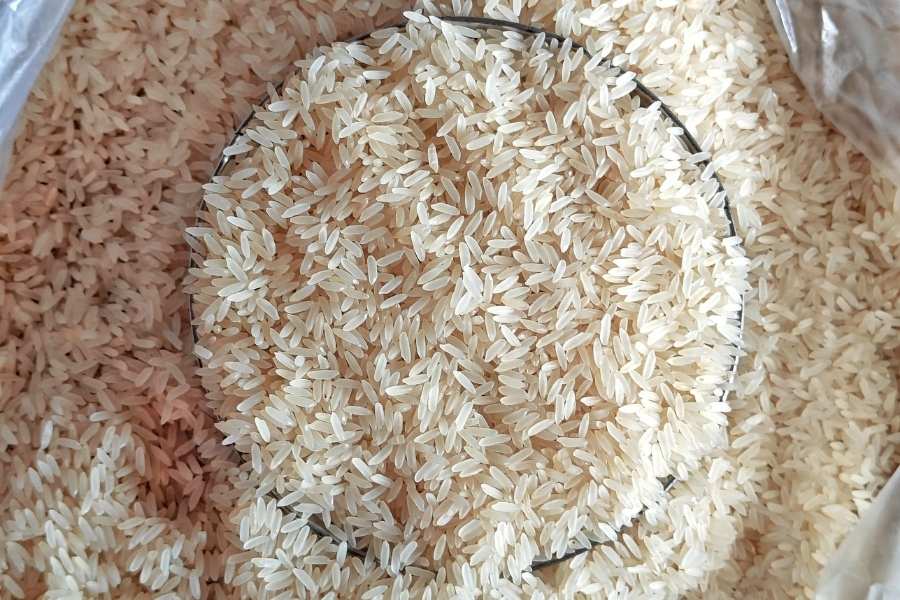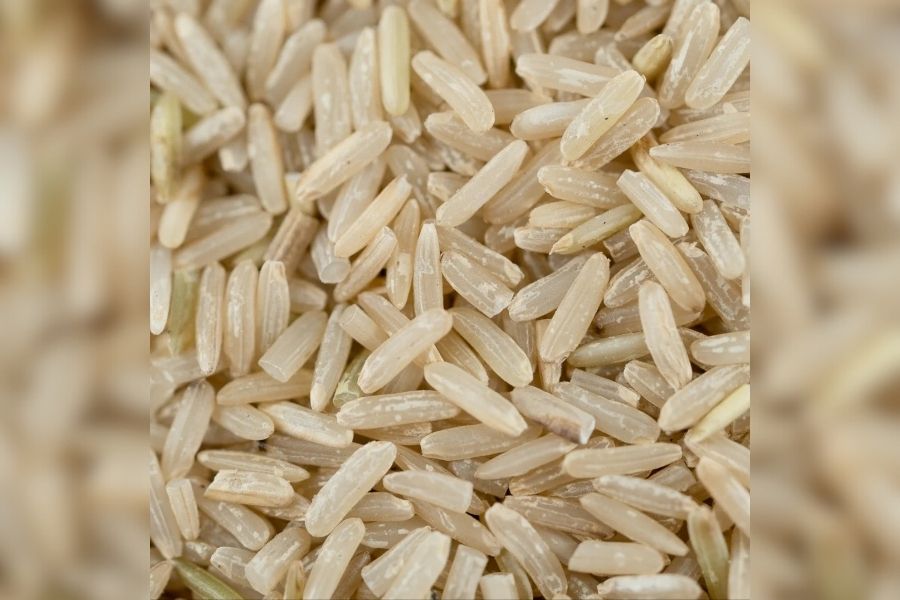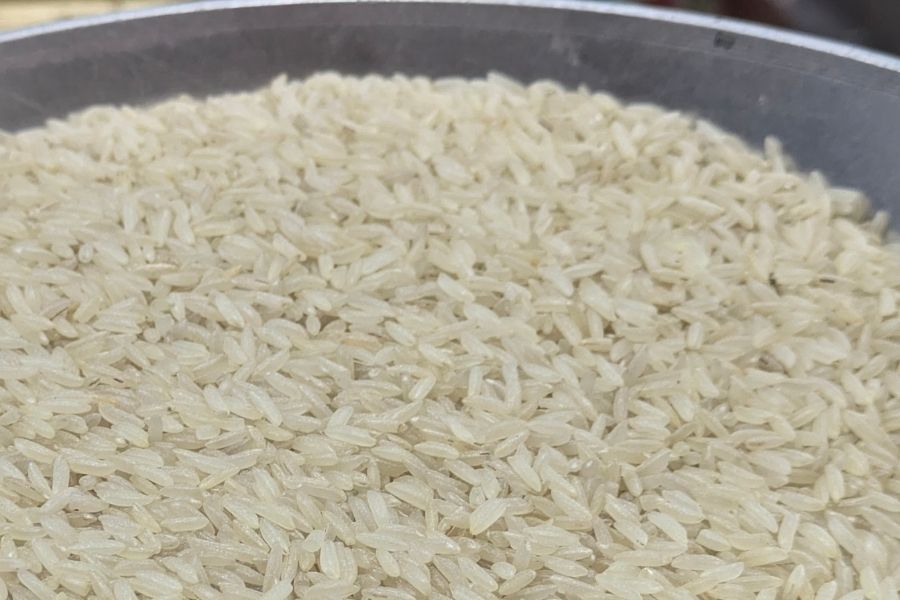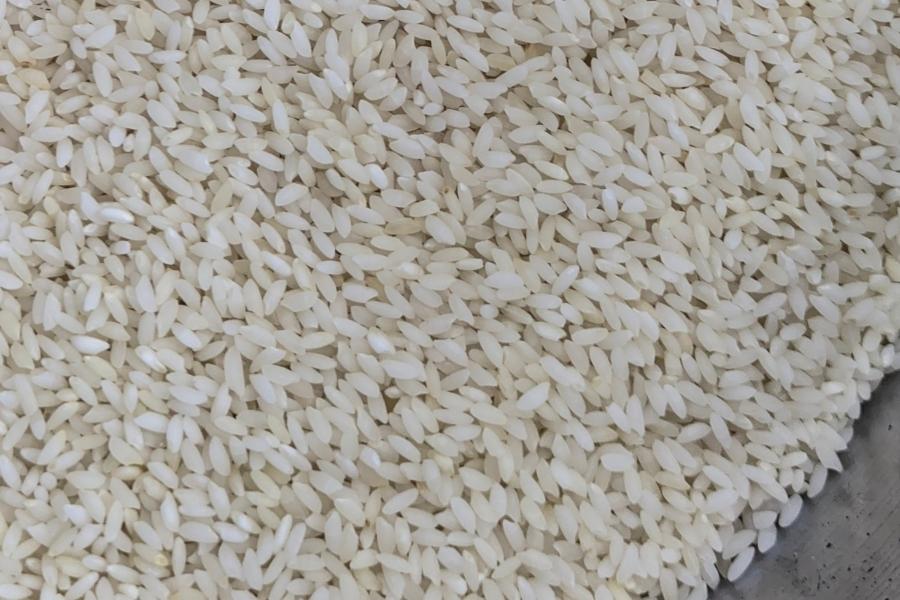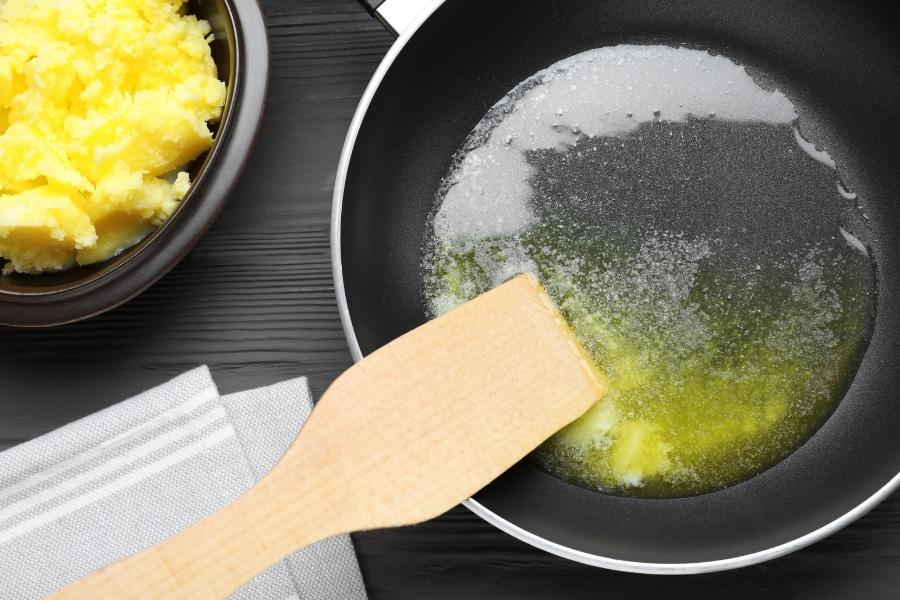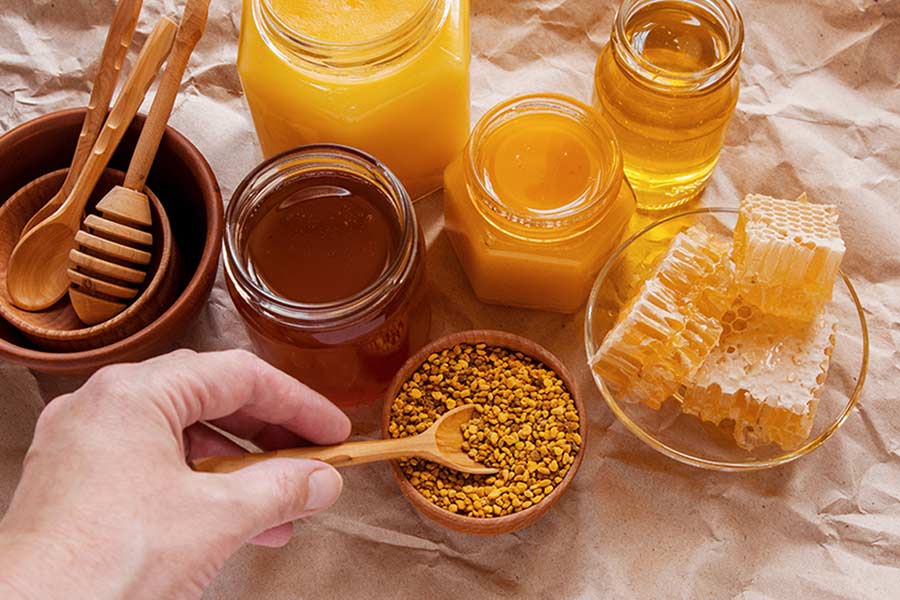Gobindobhog may be the pride of Bengali cuisine, but the region’s rice repertoire is far richer. The state has over 5,000 documented varieties of rice grains. From the fragrant Tulaipanji of Uttar Dinajpur to the nutty Binni of Purulia, Bengal’s rice varieties are making a strong comeback. As chefs in Kolkata explore hyperlocal flavours and sustainable food systems, these underrated rice varieties are finding new life in fine-dining menus and modern Bengali kitchens alike.
1. Tulaipanji: The queen of aroma
This thin-grained, non-sticky rice is celebrated for its delicate fragrance, often likened to jasmine, and has a soft, fluffy texture. It is produced mostly in the Uttar Dinajpur district and has received the GI tag. Traditionally served during festivals or weddings, chefs are now using Tulaipanji for aromatic pulao, buttered rice bowls, and as a pairing with curries like chingri malai or kosha mangsho to let the fragrance shine.
Where chefs use it: Chef Subhojit Sen uses this rice to make Chinese Congee, Mangsher Khichuri and more because of its aroma.
2. Binni: The nutty heirloom grain
Originating from the red soil of Purulia and Bankura, Binni is a short-grained rice with a distinct earthy aroma and a slightly chewy, nutty and sticky texture. Known for its high mineral content, it’s perfect for making pakhala bhat (fermented rice), payesh (rice pudding), or serving with dry vegetable stir-fries and grilled fish.
Where chefs use it: Chef Dyuti Banerjee uses it to make sushi.
3. Kanakchur: The payesh favourite
Kanakchur, grown mainly in the districts of Burdwan and Bankura, is a fine-grained rice known for its sweet fragrance. Traditionally used in making naru, mowa and payesh, this rice pairs well with rich, creamy dishes and desserts. Its natural aroma enhances dairy-based preparations. One can find it at Amar Khamar
Where chefs use it: Sienna Café makes a creamy Kanakchur rice pudding with nolen gur in winter.
4. Kalonunia: The everyday luxury
Once a staple in north Bengal homes, Kalonunia rice is now a rare find. Its slightly sticky texture and subtle nutty aroma make it ideal for both special or daily meals. It is primarily cultivated in the districts of Cooch Behar, Jalpaiguri, Alipurduar, and parts of Darjeeling and Kalimpong. It’s great for pairing with jhols (runny curries), vegetable stews and can be used innovatively in sushi rolls or rice cakes due to its lumping property.
Where chefs use it: Chef Dyuti Banerjee uses it to make Betham, a dessert khichuri from Goa. She loves the fragrance of this rice, and says that it is not buttery like gobindobhog, but earthy, with almost a hint of spice.
5. Radhatilak: The wedding rice
Used in wedding feasts and festive occasions, Radhatilak has a soft texture and mild aroma. It is often overshadowed by Gobindobhog, but is prized for its ability to absorb rich flavours. It’s now being revived for khichuris, pulaos, and lightly spiced rice dishes.
Where chefs use it: Chef Koyel Roy Nandy from Sienna uses it to make ilish pulao
6. Bhutmuri: The smoky survivor
An almost-forgotten tribal rice from the Rahr region of West Bengal, Bhutmuri is a smoky, coarse grain often roasted and pounded to make puffed rice or ground into flour. Its smoky flavour lends itself beautifully to modern dishes — think rice flour crepes or smoky rice cakes.
Where chefs use it: Chef Auroni Mookerjee uses Bhutmuri flour in savoury pancakes with banana blossom chutney.
7. Dudheswar: The soft, fluffy staple
Grown in parts of Hooghly and Howrah, Dudheswar is a long-standing staple rice in Bengali households. It has a soft, slightly sticky texture when cooked and a neutral taste that pairs well with any kind of curry, vegetarian or non-vegetarian. It's a favourite for daily meals and works well for dishes like bhaat-dal-bhaja (rice, lentils, and fritters) or a simple fish curry.
Where chefs use it: At home-style Bengali diners, Dudheswar is often the choice for serving comforting dal and maacher jhol. Chef Subhojit Sen uses khuder chal (broken rice) to make a simple steamed rice.
8. Mollifulo: The delicate winter grain
Mollifulo is a soft-textured, fine-grained rice traditionally grown in parts of Murshidabad and Nadia. It is a winter-season rice known for its subtle, sweet aroma and melt-in-the-mouth texture. This rice pairs best with light dals or milk-based desserts like chaler payesh. Its delicate quality also makes it ideal for baby food or as a comfort food in rural households.
Where chefs use it: Chef Preetam Bhadra uses it to make fried rice or bhuni khichuri
9. Roopshal: The shiny all-rounder
Roopshal gets its name from its appearance — the grains are long, shiny and pearly white. Cultivated primarily in Hooghly and East Midnapore, it is a mid-season rice with good yield and versatility. Roopshal has a clean, neutral flavour with moderate stickiness, making it great for everyday use in bhaat, as well as in fried rice or khichuri.
Where chefs use it: Chef Amrita Bhattacharya uses it to make fluffy rice
10. Radhunipagal: The ‘mad chef’ rice
Literally translating to ‘the cook goes mad’, Radhunipagal is a rare aromatic rice variety from Bengal, named for its intensely alluring fragrance, so rich and unexpected that, legend says, it could drive a chef crazy! Grown in parts of Burdwan and Murshidabad, the grains are slender and medium-sized with a naturally nutty, floral aroma that intensifies upon cooking. This rice is ideal for pulao, payesh, or simply steamed and served with ghee and sugar, letting its aroma do the talking. The texture is soft yet non-sticky, making it both luxurious and comforting.
Where chefs use it: Chefs in boutique Bengali restaurants are using Radhunipagal to create signature dishes like gondhoraj-infused rice bowls or as a base for modern thalis where the rice itself is the hero.
